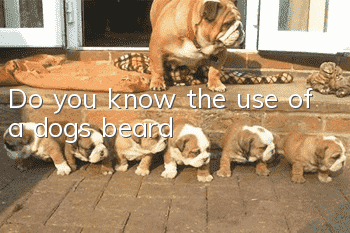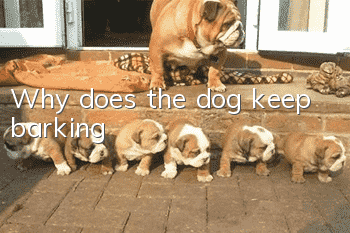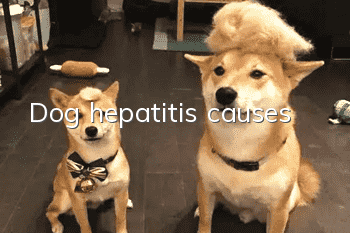Do you know the use of a dog’s beard?

Like cats and other animals, dogs also have whiskers on both sides of their muzzles. Strictly speaking, it is not actually a beard, but is called a tentacle. In fact, dogs' whiskers have high coordination and multiple functions. They need and use sensitive coats every day to help them walk.
Dog beards not only grow on both sides of the mouth and nose, but also cover the forehead above the eyes, the chin and the upper lip. As puppies grow, the whiskers in the fetal hair will slowly extend. Unlike cats, which have 12 whiskers neatly arranged in 4 rows on both sides, dogs’ whiskers are more diverse, depending on the breed and genetics.
Dog whiskers are twice as thick as normal hair and thicker. The roots of beards are three times deeper than the roots of normal hair and are covered with nerves and blood vessels, making each beard a super-sensitive receptor during movement. Air flow or object contact will cause the beard to vibrate, stimulating the divine level. A dog's whiskers are as sensitive as our fingertips and play an important role in helping dogs understand their environment and actions.
The main function of whiskers is to assist the dog’s vision, and they are often called vibrissae. Beards can sense slight movements of air, as well as subtle changes in wind direction and speed. This makes the dog aware of the presence of prey or other nearby objects, as well as their size, shape, and whether they are moving. Dogs can hunt for food at night and avoid bumping into furniture, falling or bumping into walls while walking around the house at night. The moving air causes the whiskers to vibrate, alerting the dog to the presence of obstacles or prey. When a dog approaches an object while walking, air will be lifted up as he moves. When air hits walls, other surfaces, or other animals, it bounces back and is detected by dog whiskers like radar.
The tentacles can also easily detect small objects, such as GO! Grain-free six kinds of meat dog food in the food bowl or toys on the ground. The dog's eyes cannot focus on close objects, so the information sensed by the whiskers can help him find, identify and pick up the objects under his eyes. For dogs who are trained to drill, whiskers can also help the dog understand whether it can pass through a narrow opening (hole). They are like receptors that help the dog pass through the hole. If your dog wants to hide, he needs to know if the hole is big enough to crawl through. These whiskers can sense information about surrounding obstacles and measure the size of creatures hiding in caves. Beards also protect your dog’s face and eyes. When the whiskers lightly touch dirt, tall grass, or anything else, the dog will blink to avoid damage. Whiskers on the eyes allow dogs to tell if they are too close to an object and avoid poking their eyes.
Occasionally, you may find a lost beard on your dog. Don’t worry, the beard will grow back, but don’t try to pull it out. If you go to a pet store to groom your dog, you may encounter a groomer who wants to trim your beard. However, it is best not to trim the beard, because it will make it difficult for the face to perceive the surrounding situation and move slowly., so it’s best to remind the beautician in advance. Dog whiskers are very sensitive, and pulling them hard can cause discomfort and excessive stress to your dog. You'd think it would be easier to understand the importance of beards when the area of the brain senses information from the outside world. About 40% of the perceptual area is located in the whiskers. In fact, each whisker can be traced to a specific location in the brain.
Think of your dog's whiskers as tiny, finely tuned radar detectors that help him spot a rabbit hiding in the bushes or prevent his face from hitting a wall. The superior hunting ability of dogs is one of the reasons why the cooperation between humans and hounds is so successful, and beards help them do this job better.
- Symptoms and Treatment of Cataracts in Dogs
- How to train German Shepherd title-taking skills
- Causes, symptoms and treatments of cystitis in dogs
- Causes and treatments of dog allergies
- Causes of canine rotavirus infection | Diagnosis | Prevention and treatment methods
- Detailed explanation of beagle grooming methods to make your beagle more beautiful
- Nice and domineering female horse dog names
- What to do if your dog’s hair turns yellow and turns white
- Why pets need deworming
- The difference between canine distemper and parvovirus



